Home>Furniture & Design>Interior Design Trends>What Is Fritted Glass
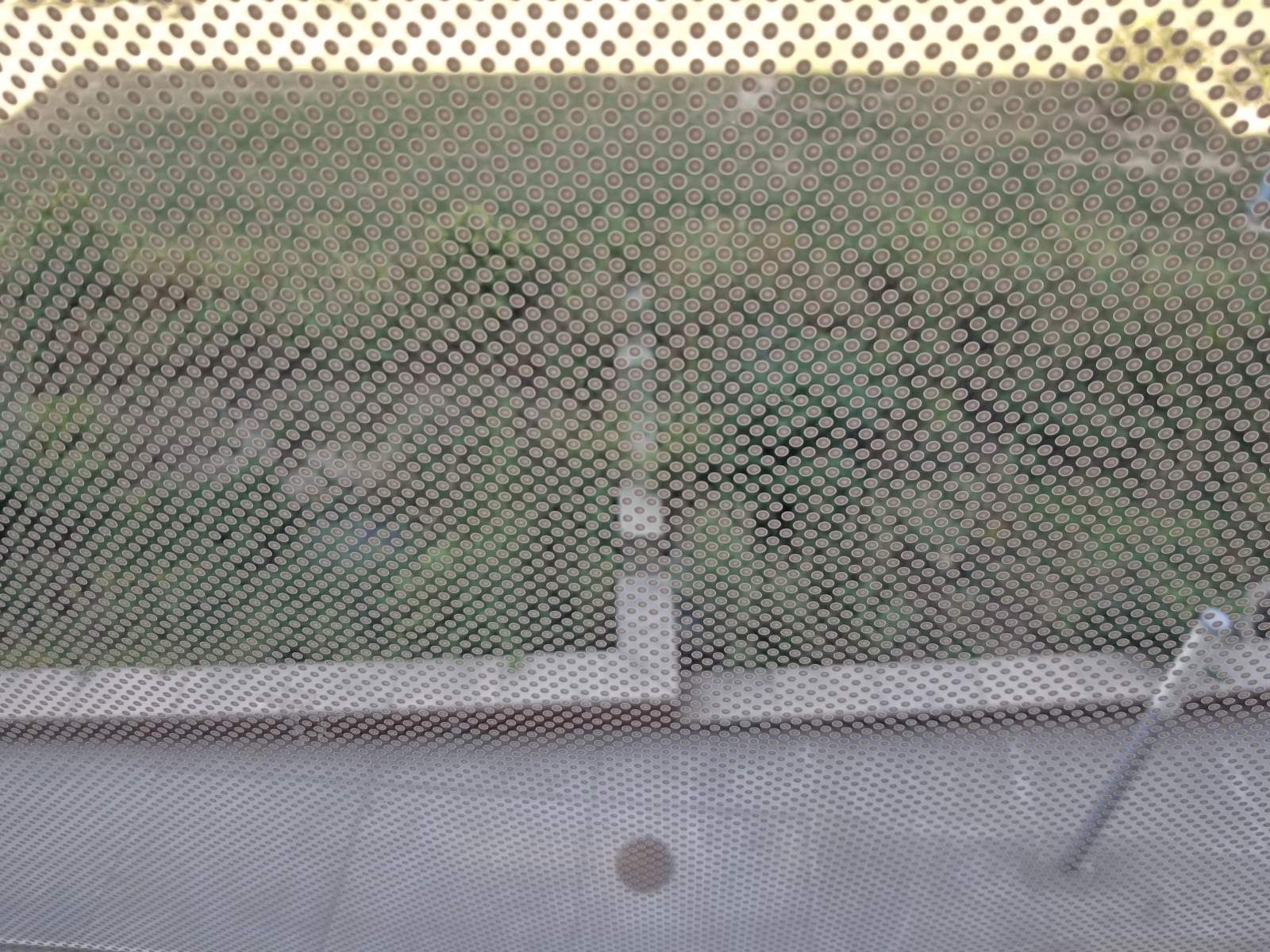

Interior Design Trends
What Is Fritted Glass
Modified: February 18, 2024
Discover the latest interior design trend with fritted glass. Learn how this innovative material can elevate your space and create a modern aesthetic. Explore the benefits and applications today!
(Many of the links in this article redirect to a specific reviewed product. Your purchase of these products through affiliate links helps to generate commission for Storables.com, at no extra cost. Learn more)
Introduction
Fritted glass is a versatile and innovative material that has been gaining popularity in the realm of interior design and architecture. This unique type of glass offers a myriad of benefits, making it a sought-after choice for various applications. From enhancing privacy to adding an artistic touch to spaces, fritted glass has emerged as a compelling option for both residential and commercial projects.
The allure of fritted glass lies in its ability to seamlessly blend functionality with aesthetic appeal. By incorporating finely ground particles into the glass surface, fritted glass achieves a distinctive texture that not only serves practical purposes but also contributes to the visual allure of a space. Whether it's used in partitions, windows, or decorative elements, fritted glass has the potential to transform the ambiance of any environment.
As the demand for sustainable and eco-friendly design solutions continues to rise, fritted glass has emerged as a frontrunner in meeting these requirements. Its ability to control light transmission and reduce solar heat gain makes it an energy-efficient choice for architectural projects. Moreover, the customizable nature of fritted glass allows designers to tailor its opacity and patterns to suit specific needs, thereby offering a high degree of flexibility in design.
In this article, we will delve into the intricacies of fritted glass, exploring its composition, manufacturing process, applications, as well as its advantages and disadvantages. By gaining a comprehensive understanding of fritted glass, readers will be equipped with the knowledge to make informed decisions when considering this innovative material for their design endeavors.
Key Takeaways:
- Fritted glass is a versatile material that balances privacy and natural light, making it ideal for creating elegant partitions and energy-efficient facades in architectural projects.
- While fritted glass offers customizable aesthetics and sustainability benefits, it may pose challenges in terms of cost, maintenance, and design limitations, requiring careful consideration in architectural and design decisions.
Read more: What Is Frit Glass
Definition of Fritted Glass
Fritted glass is a specialized type of glass that has been engineered to incorporate finely ground particles, known as frits, into its surface. These frits are typically made of ceramic or glass materials, which are carefully fused onto the glass through a high-temperature process. The result is a unique textured surface that offers a range of functional and aesthetic benefits.
The incorporation of frits into the glass surface allows for a high degree of customization in terms of opacity, light transmission, and visual appearance. This makes fritted glass a versatile material that can be tailored to meet specific design requirements. By adjusting the size, density, and distribution of the frits, designers can control the level of transparency and diffusion of light, thereby influencing the privacy and ambiance of a space.
One of the defining characteristics of fritted glass is its ability to diffuse light while maintaining a degree of transparency. This makes it an ideal choice for applications where privacy and natural light are both essential. Whether used in interior partitions, exterior facades, or decorative elements, fritted glass offers a balance between openness and discretion, creating visually engaging environments while preserving privacy.
Furthermore, fritted glass is renowned for its ability to reduce solar heat gain and control glare, making it an energy-efficient solution for architectural projects. By strategically manipulating the frit patterns and density, designers can optimize the performance of fritted glass to minimize the impact of solar radiation, thereby contributing to the overall sustainability of a building.
In essence, fritted glass represents a harmonious fusion of functionality and aesthetics. Its unique composition and customizable nature make it a compelling choice for architects and designers seeking innovative solutions that elevate the visual and environmental qualities of interior and exterior spaces. With its ability to transform light, privacy, and energy performance, fritted glass stands as a testament to the ingenuity and adaptability of modern architectural materials.
How Fritted Glass is Made
The production of fritted glass involves a meticulous process that combines precision engineering with artistic ingenuity. The journey begins with the selection of high-quality glass, which serves as the foundation for the creation of this innovative material. Once the glass is chosen, the next step involves the preparation of the frits, which are finely ground particles typically made of ceramic or glass.
To achieve the desired texture and visual effects, the frits are carefully selected based on their composition and characteristics. These frits are then meticulously applied to the surface of the glass through a process known as fritting. During this stage, the glass and frits undergo a high-temperature fusion process, where they are heated to a precise temperature to facilitate the bonding of the frits onto the glass surface.
The fusion process is a critical phase in the creation of fritted glass, as it determines the durability and integrity of the final product. The controlled application of heat ensures that the frits become seamlessly integrated with the glass, resulting in a textured surface that embodies both functionality and visual appeal.
Following the fusion process, the fritted glass undergoes meticulous inspection and quality assurance measures to ensure that it meets the desired standards. This includes assessing the uniformity of the frit distribution, the clarity of the glass, and the overall integrity of the surface texture. Any imperfections or inconsistencies are meticulously addressed to uphold the quality and performance of the fritted glass.
The final stage of production involves the customization of the fritted glass to meet specific design requirements. This may include adjusting the density, size, and distribution of the frits to achieve the desired level of opacity, light diffusion, and visual aesthetics. Whether it's creating intricate patterns or optimizing light transmission, the customization process allows designers to tailor fritted glass to suit a diverse range of applications and design visions.
In essence, the production of fritted glass is a harmonious blend of artistry and technical precision. From the careful selection of materials to the meticulous fusion process and customization, each step contributes to the creation of a versatile and innovative material that has the potential to elevate the ambiance and functionality of architectural spaces.
Applications of Fritted Glass
Fritted glass finds a diverse array of applications across the realms of architecture, interior design, and construction, owing to its unique properties and versatile nature. Its ability to seamlessly blend functionality with aesthetic appeal has positioned it as a preferred choice for a wide range of projects. Here are some notable applications of fritted glass:
-
Interior Partitions and Dividers: Fritted glass is often utilized to create elegant and functional interior partitions within commercial and residential spaces. Its textured surface not only adds a touch of sophistication but also offers a degree of privacy while allowing natural light to permeate through the space. This makes it an ideal choice for dividing areas without compromising the visual openness of the overall environment.
-
Exterior Facades and Cladding: In architectural projects, fritted glass is employed as a key element in exterior facades and cladding systems. Its ability to control light transmission and reduce solar heat gain makes it an energy-efficient solution for building envelopes. Additionally, the customizable nature of fritted glass allows designers to incorporate artistic patterns and visual effects, adding a distinctive aesthetic dimension to the building's exterior.
-
Skylights and Roof Glazing: Fritted glass is often used in skylights and roof glazing applications, where it serves to optimize natural light while mitigating glare and solar heat. By strategically manipulating the frit patterns and density, designers can create a comfortable and well-lit interior environment, enhancing the overall ambiance of the space.
-
Decorative Elements and Art Installations: The artistic potential of fritted glass makes it a popular choice for decorative elements and art installations. Its textured surface can be customized to create captivating visual effects, making it a versatile medium for artistic expression. Whether used in sculptures, feature walls, or artistic partitions, fritted glass adds a touch of creativity and sophistication to interior and exterior spaces.
-
Privacy Screens and Balustrades: Fritted glass is often employed in the creation of privacy screens and balustrades, where its unique texture and customizable opacity offer a balance between privacy and openness. This makes it an ideal choice for applications where visual separation is desired without compromising the flow of natural light.
-
Retail and Hospitality Environments: In retail and hospitality settings, fritted glass is utilized to create immersive and visually engaging environments. Its ability to control light and create artistic visual effects makes it a compelling choice for storefronts, display cases, and interior design elements, adding a touch of elegance and allure to the space.
The diverse applications of fritted glass underscore its adaptability and transformative potential in architectural and design contexts. Whether used for functional purposes or artistic expression, fritted glass continues to inspire innovative design solutions that elevate the visual and environmental qualities of interior and exterior spaces.
Fritted glass is a type of glass that has a porous surface created by embedding small particles of glass into the main glass sheet. This allows for better light diffusion and can be used for privacy or decorative purposes.
Advantages of Fritted Glass
Fritted glass offers a multitude of advantages that make it a compelling choice for architectural and design applications. Its unique composition and customizable properties contribute to a range of functional, aesthetic, and environmental benefits, positioning it as a versatile and innovative material. Here are the key advantages of fritted glass:
-
Privacy and Light Control: Fritted glass provides an effective solution for balancing privacy and natural light transmission. By adjusting the density and distribution of the frits, designers can create varying levels of opacity, allowing for visual separation while maintaining a sense of openness. This makes it an ideal choice for spaces where privacy is essential without compromising the influx of natural light.
-
Energy Efficiency: Fritted glass contributes to the energy efficiency of buildings by reducing solar heat gain and controlling glare. Its ability to diffuse light and mitigate the impact of solar radiation helps in creating comfortable interior environments while minimizing the reliance on artificial lighting and cooling systems. This, in turn, leads to reduced energy consumption and lower environmental impact.
-
Customizable Aesthetics: The customizable nature of fritted glass allows for the creation of unique visual effects and artistic patterns. Designers can tailor the texture, opacity, and visual appearance of fritted glass to align with the design vision of a project. This versatility opens up opportunities for creative expression and the integration of fritted glass as a distinctive design element.
-
Durability and Maintenance: Fritted glass exhibits durability and resilience, making it suitable for long-term use in various architectural applications. Its textured surface is resistant to scratches and abrasions, ensuring that the visual integrity of the glass is maintained over time. Additionally, fritted glass is relatively low-maintenance, requiring minimal upkeep to preserve its aesthetic and functional properties.
-
Artistic Expression: Fritted glass serves as a canvas for artistic expression, allowing designers to create captivating visual effects and decorative elements. Whether used in interior partitions, decorative screens, or art installations, fritted glass adds a touch of creativity and sophistication to architectural spaces, enhancing their overall ambiance and visual allure.
-
Sustainability: As the demand for sustainable design solutions continues to grow, fritted glass emerges as an eco-friendly option. Its ability to optimize natural light, reduce energy consumption, and contribute to the thermal performance of buildings aligns with the principles of sustainable design, making it a preferred choice for environmentally conscious projects.
In summary, the advantages of fritted glass encompass its ability to enhance privacy, control light transmission, contribute to energy efficiency, offer customizable aesthetics, exhibit durability, and support sustainable design practices. These attributes position fritted glass as a material that not only elevates the visual and functional qualities of architectural spaces but also aligns with the evolving needs of modern design and construction practices.
Read more: What Is A Highball Glass
Disadvantages of Fritted Glass
While fritted glass offers a plethora of benefits, it is important to acknowledge its limitations and potential drawbacks in certain contexts. Understanding the disadvantages of fritted glass is crucial for making informed decisions regarding its suitability for specific design and architectural applications.
-
Cost Considerations: One of the primary disadvantages of fritted glass is its relatively higher cost compared to standard glass options. The incorporation of specialized frits and the meticulous manufacturing process contribute to the elevated production expenses of fritted glass. This cost factor may pose a challenge for projects with strict budget constraints, potentially necessitating a careful evaluation of the cost-benefit ratio.
-
Maintenance Challenges: While fritted glass is known for its durability, the textured surface may present challenges in terms of maintenance. The intricate patterns and textured finish can potentially trap dust, dirt, and other particles, requiring more frequent and thorough cleaning compared to smooth glass surfaces. This aspect should be taken into consideration, especially in high-traffic areas or environments prone to dust accumulation.
-
Limited Transparency Options: The customization of fritted glass to achieve specific levels of opacity and light diffusion, while advantageous in many scenarios, may also present limitations in terms of transparency options. In applications where maximum transparency is desired, the inherent texture of fritted glass may not align with the project requirements, necessitating alternative solutions.
-
Complex Installation and Replacement: The installation of fritted glass, particularly in large-scale architectural projects, may involve additional complexities compared to standard glass installations. The specialized nature of fritted glass may require specific expertise and handling during the installation process. Additionally, in the event of damage or the need for replacement, sourcing and installing fritted glass panels may pose logistical challenges.
-
Design Limitations: While fritted glass offers a degree of customization, there are inherent design limitations associated with the incorporation of frits into the glass surface. The patterns and textures achieved through fritting may not align with the aesthetic vision of certain projects, limiting the design possibilities in comparison to fully customizable decorative glass options.
Understanding these disadvantages allows for a comprehensive assessment of the practical implications of integrating fritted glass into architectural and design projects. By weighing the advantages and disadvantages, designers and architects can make informed decisions that align with the specific requirements and constraints of each unique project.
Conclusion
In conclusion, fritted glass stands as a testament to the innovative fusion of artistry, functionality, and sustainability within the realm of architectural materials. Its unique composition, customizable properties, and diverse applications position it as a versatile and compelling choice for a wide range of design and construction projects.
The journey of fritted glass, from its meticulous production process to its transformative applications, underscores its potential to elevate the visual and environmental qualities of interior and exterior spaces. By seamlessly balancing privacy with natural light transmission, fritted glass offers a harmonious solution for creating open yet discreet environments. Its ability to reduce solar heat gain and control glare contributes to the energy efficiency of buildings, aligning with the principles of sustainable design.
The artistic potential of fritted glass serves as a canvas for creative expression, allowing designers to craft captivating visual effects and decorative elements that enhance the ambiance of architectural spaces. Whether used in interior partitions, exterior facades, or art installations, fritted glass adds a touch of sophistication and allure to its surroundings.
While the advantages of fritted glass encompass its ability to enhance privacy, control light transmission, offer customizable aesthetics, exhibit durability, and support sustainable design practices, it is essential to acknowledge its potential drawbacks, including cost considerations, maintenance challenges, and design limitations.
Ultimately, the comprehensive understanding of fritted glass, encompassing its production process, applications, advantages, and disadvantages, empowers designers, architects, and stakeholders to make informed decisions when considering this innovative material for their projects. As the demand for sustainable, visually engaging, and functionally efficient design solutions continues to grow, fritted glass emerges as a material that not only meets these evolving needs but also inspires new possibilities in architectural and interior design.
In essence, fritted glass represents a harmonious fusion of artistry and functionality, offering a glimpse into the boundless potential of architectural materials to shape captivating and sustainable built environments. Its journey from concept to application exemplifies the ongoing pursuit of innovative solutions that redefine the boundaries of design and construction, paving the way for a future where form, function, and sustainability converge seamlessly.
Frequently Asked Questions about What Is Fritted Glass
Was this page helpful?
At Storables.com, we guarantee accurate and reliable information. Our content, validated by Expert Board Contributors, is crafted following stringent Editorial Policies. We're committed to providing you with well-researched, expert-backed insights for all your informational needs.
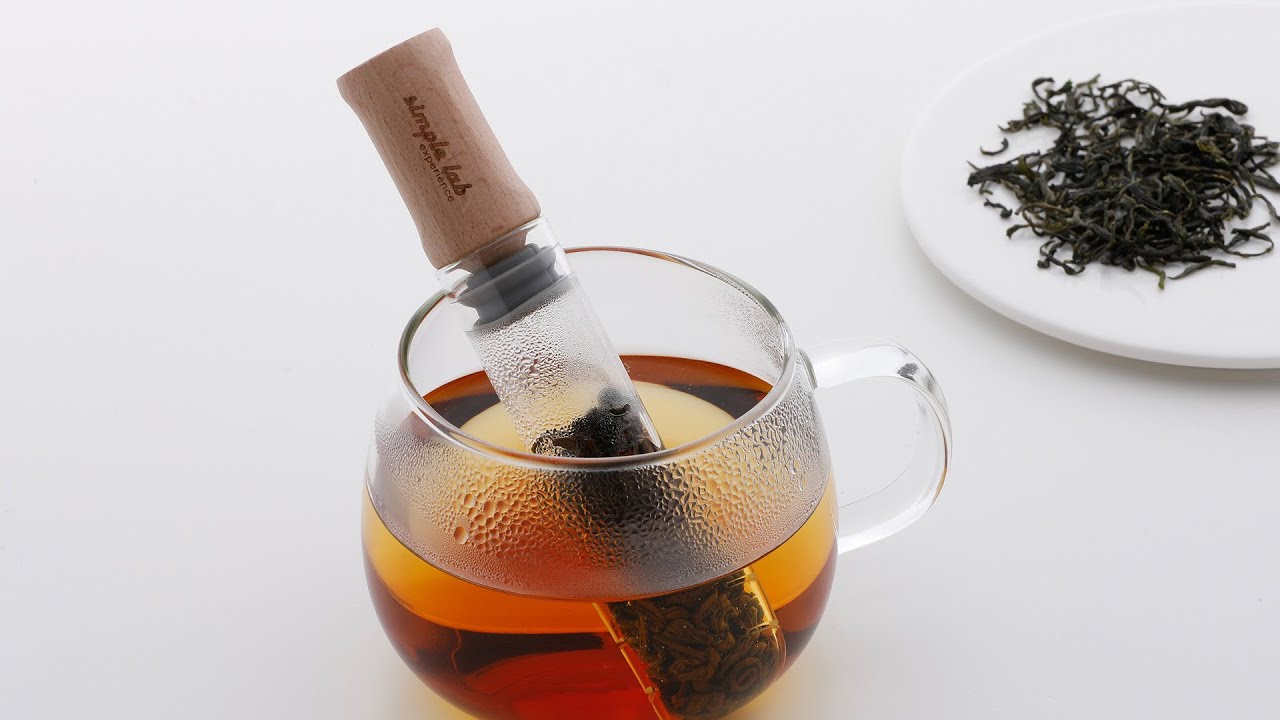
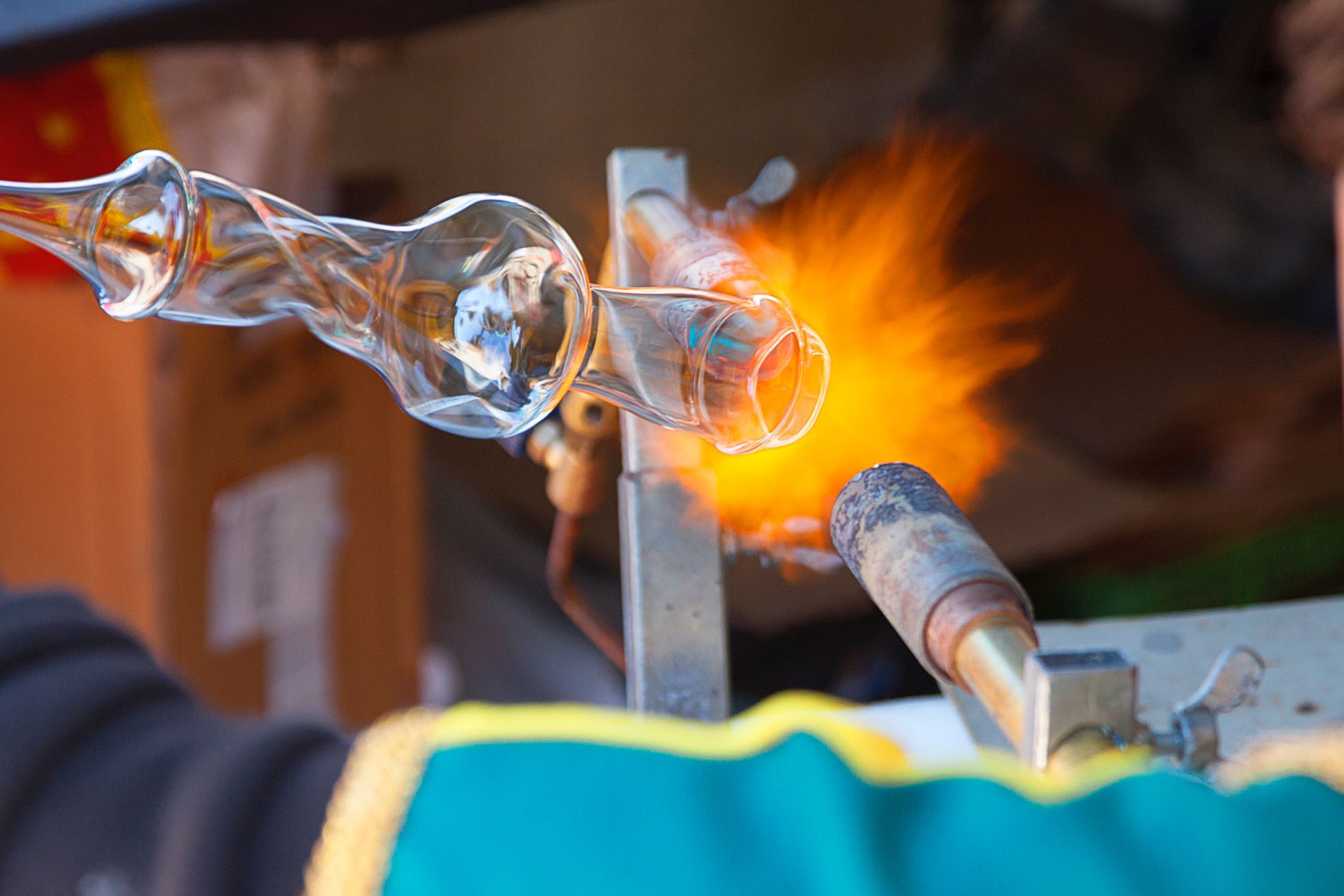
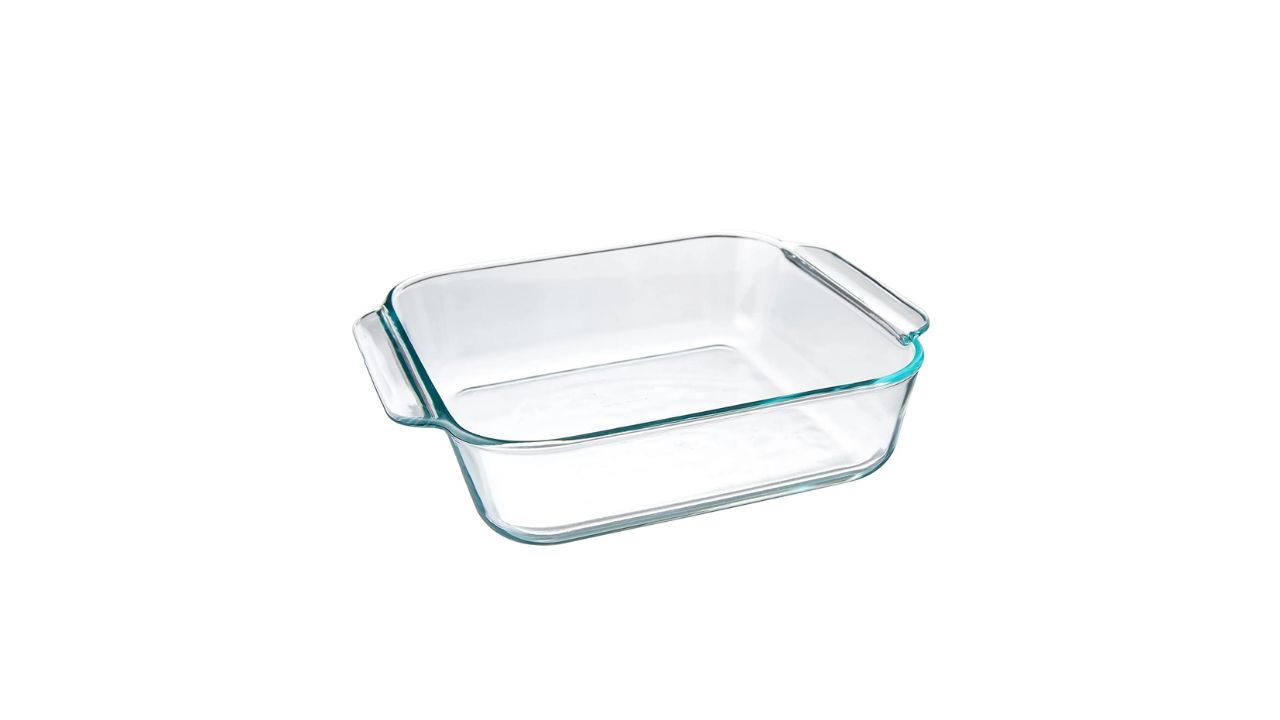

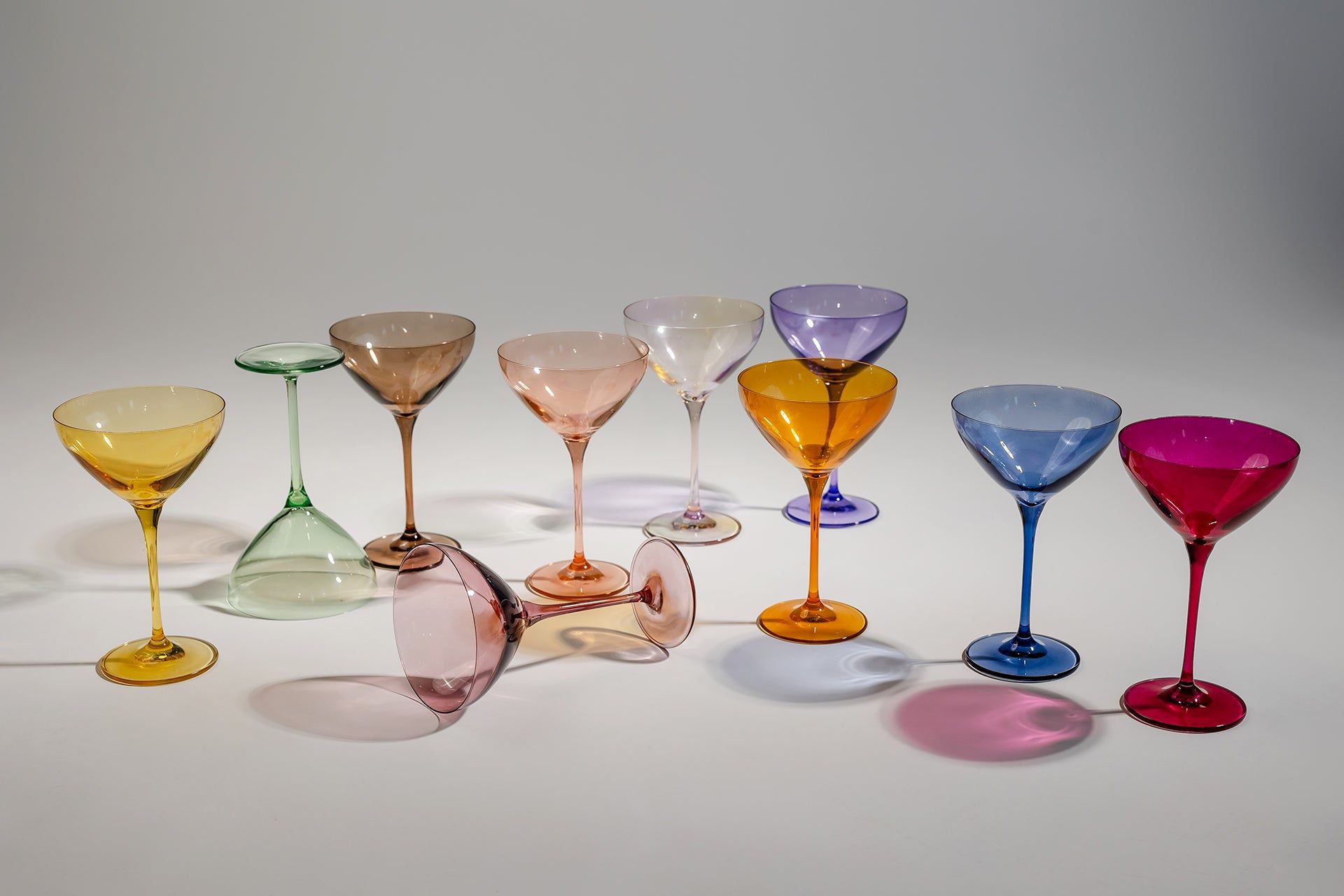
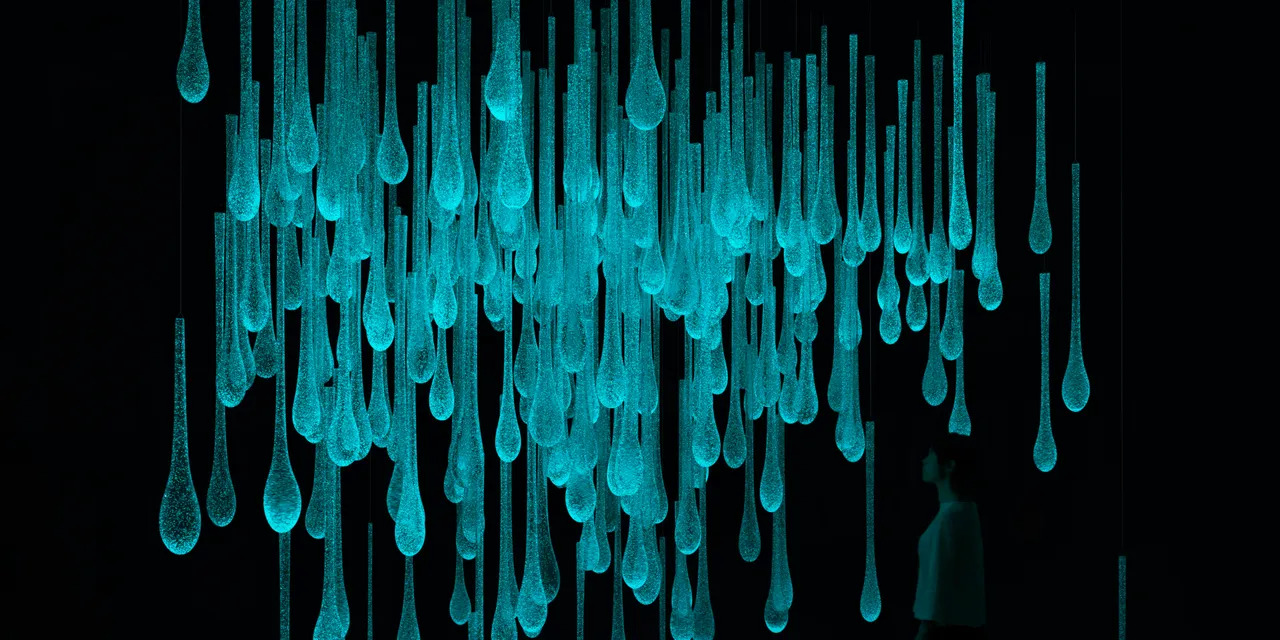
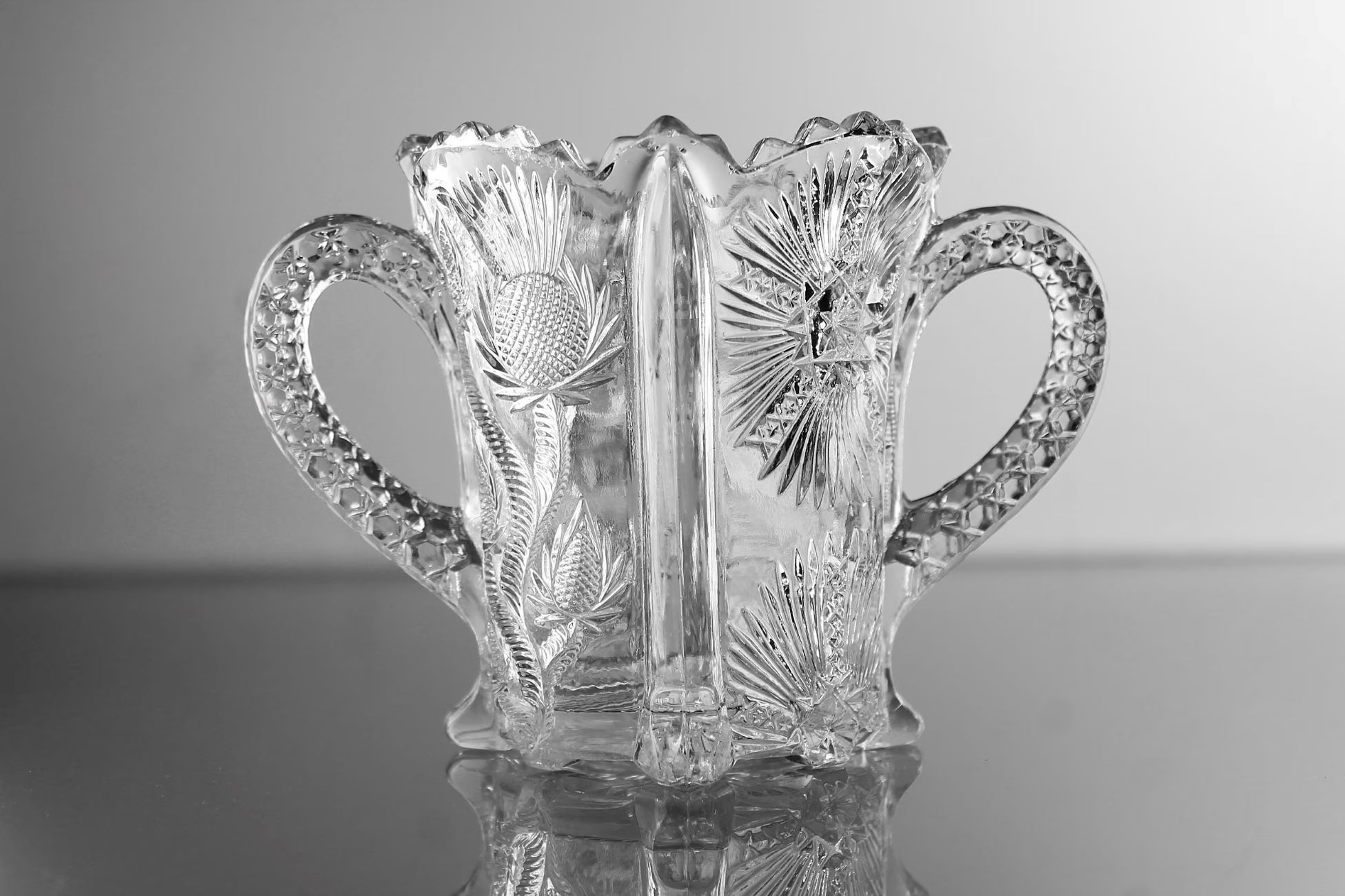

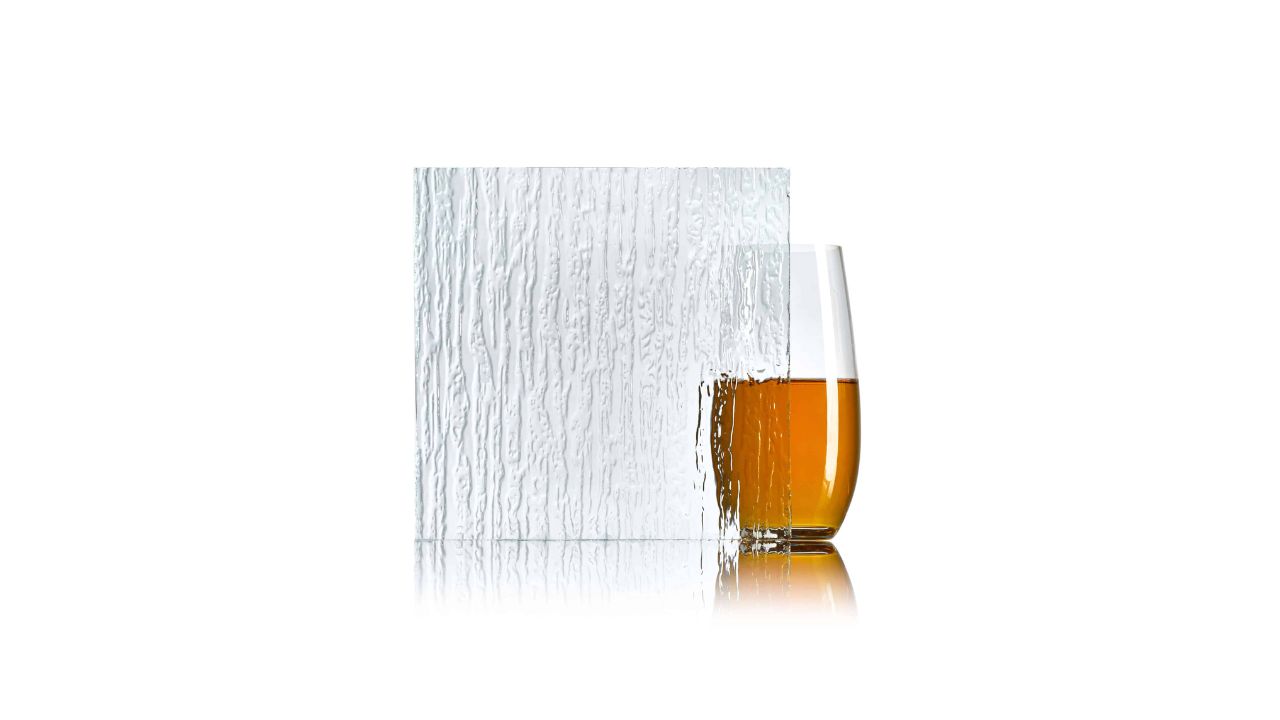
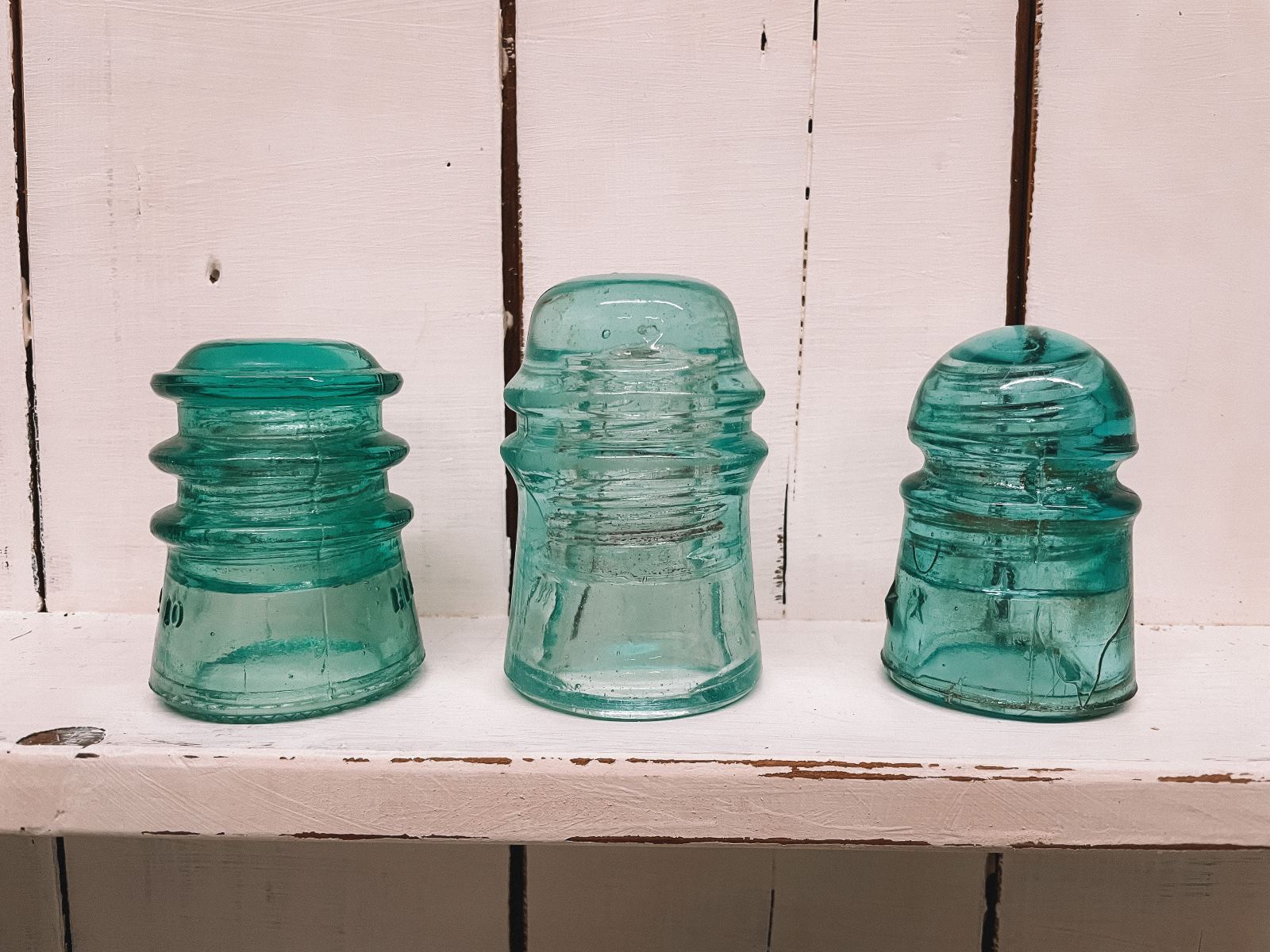
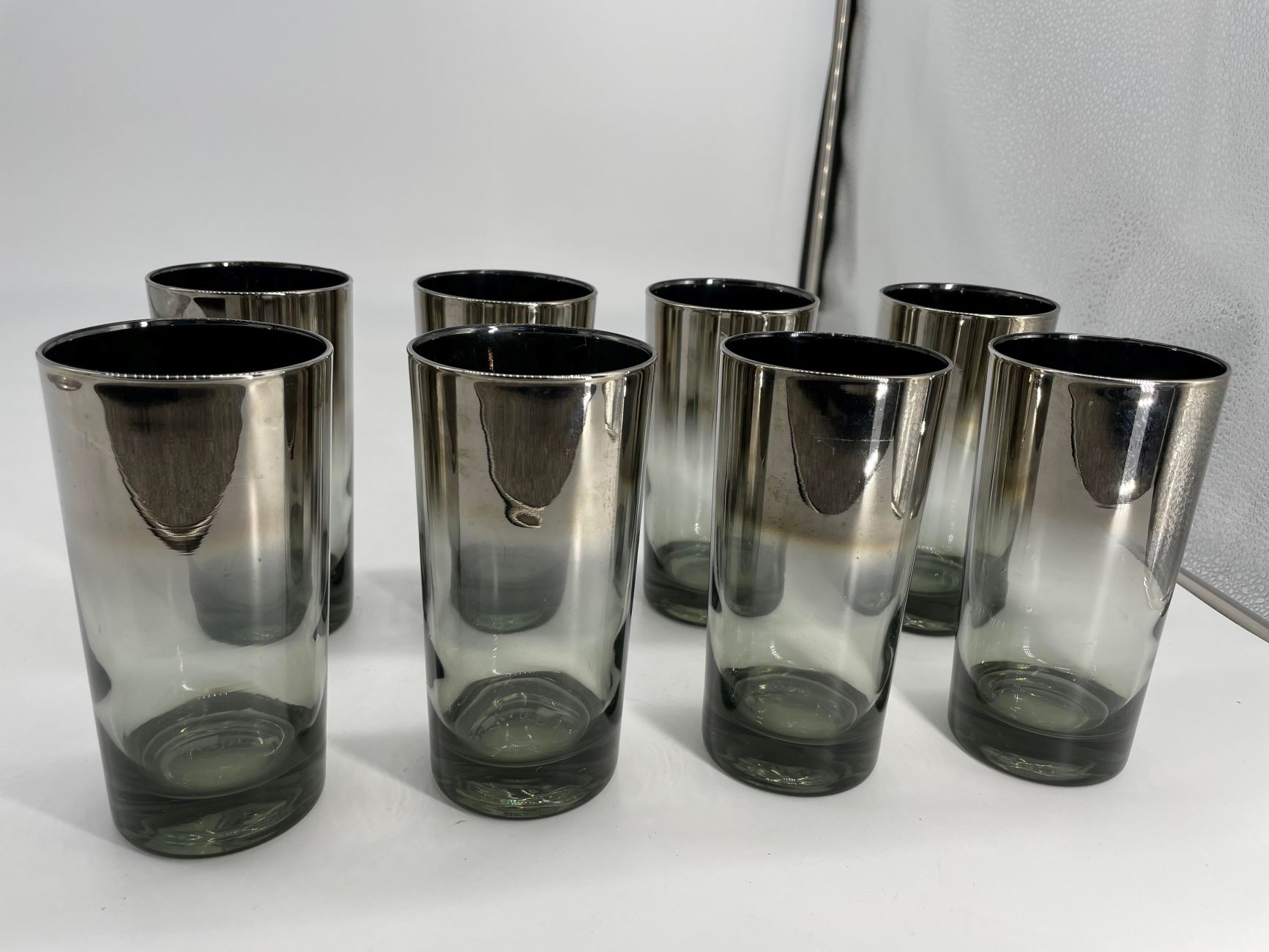
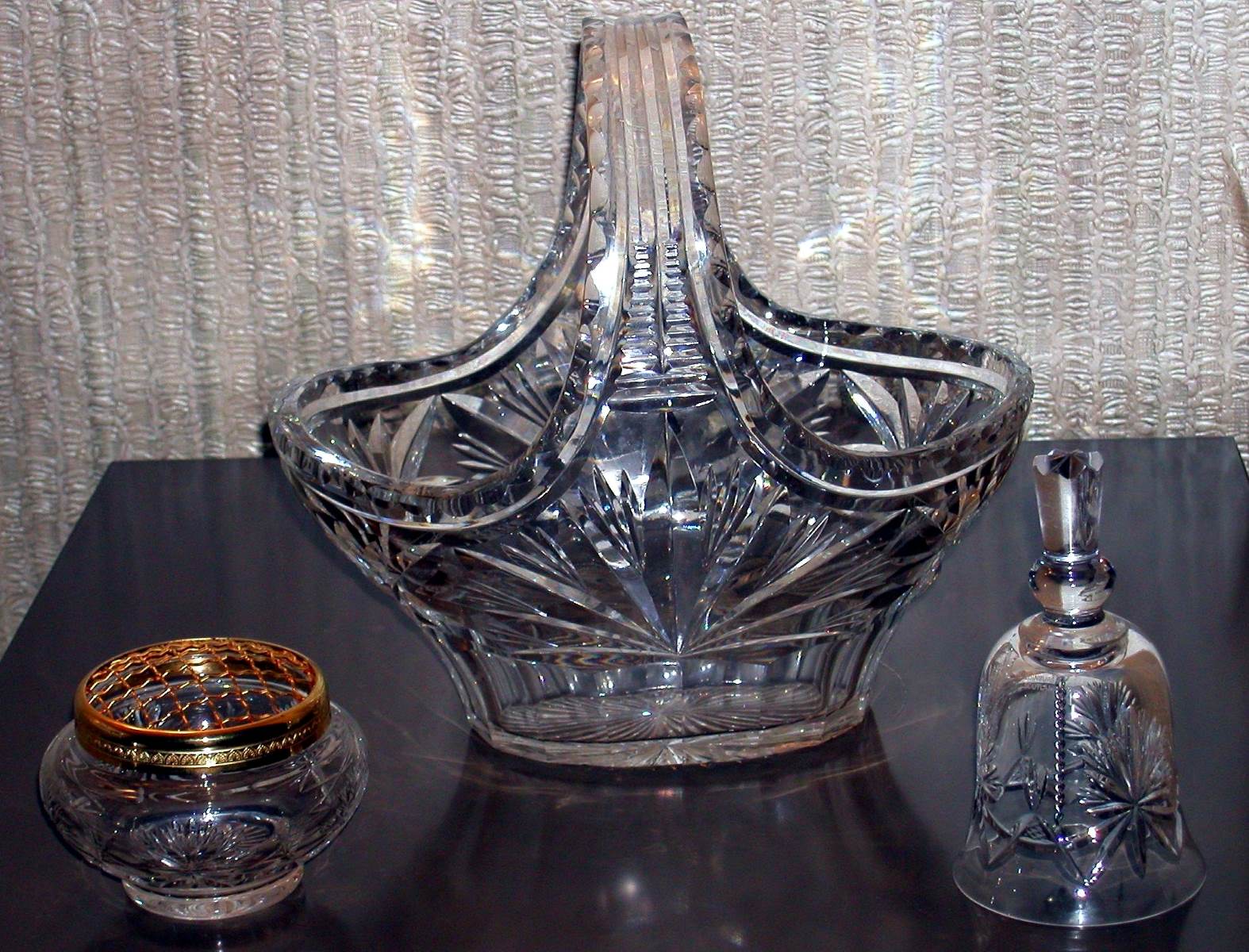
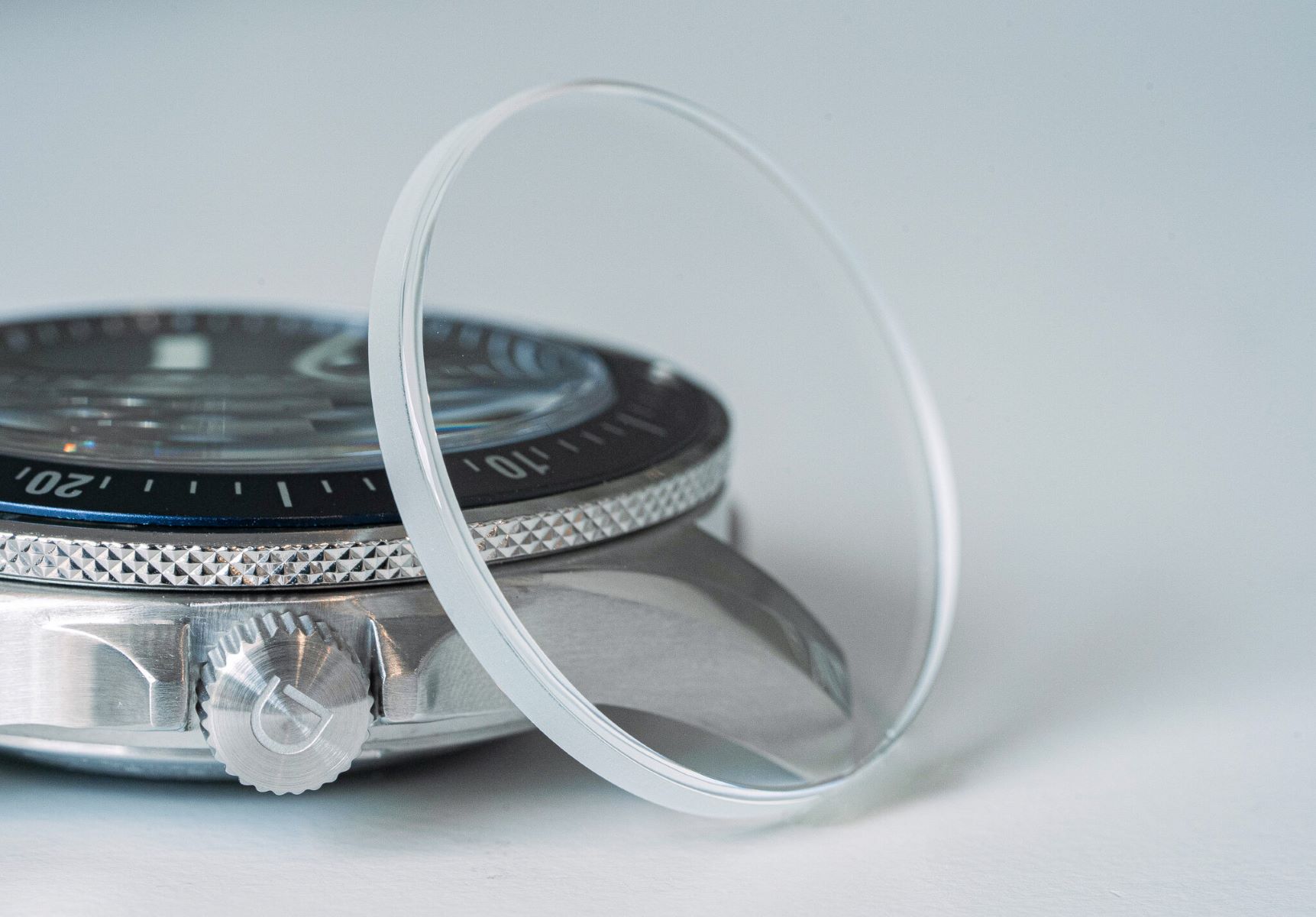
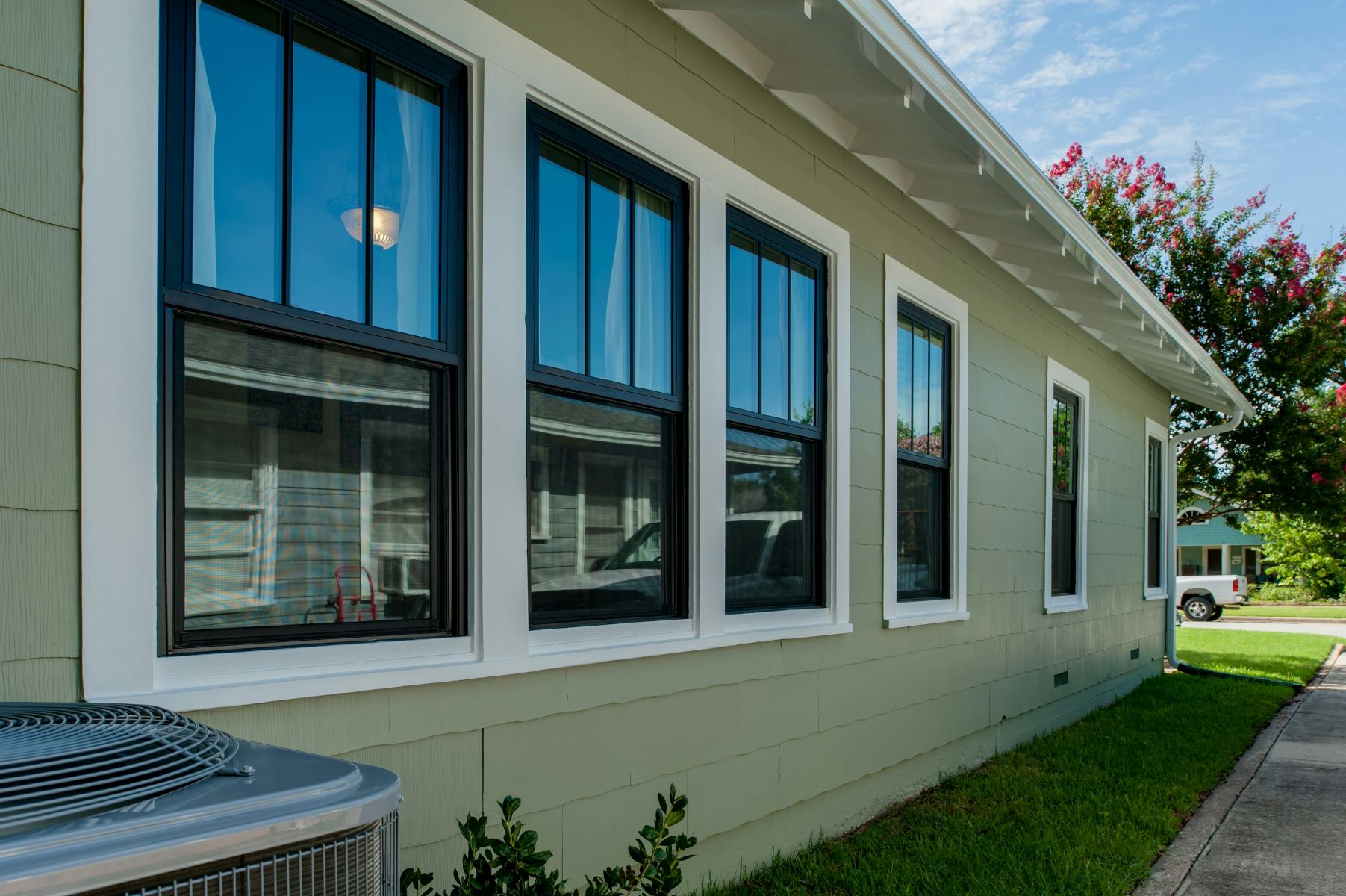

0 thoughts on “What Is Fritted Glass”